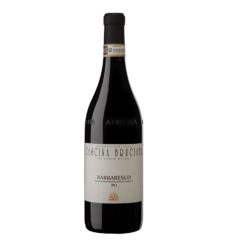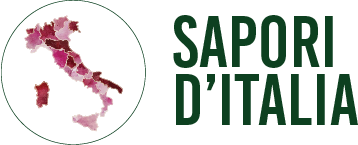Barbaresco’s best sites

The crus of Barbaresco
The majority of this sub-region’s best crus are located south of the town of Barbaresco towards the hamlet of Tre Stelle and Treiso. Other quality vineyards lie to the town’s north-east, and of these, Montestefano is an exceptional site. Its higher-lying vines have benefited the most from climate change, as its slightly cooler microclimate guarantees wines of both body and finesse. Generally speaking, the Barbarescos of Barbaresco are the most complete and balanced of all.
Best crus: Pajè, Pora, Asili, Martinenga, Montefico, Montestefano, Muncagota, Rabajà, Rio Sordo, Roncagliette and Secondine. This latter site is where Angelo Gaja sources the grapes for his worldrenowned Sorì San Lorenzo (no longer a Barbaresco because he chooses to include a little Barbera in it; Barbaresco, like Barolo, must be 100% Nebbiolo).
Top producers: Albino Rocca, Bruno Giacosa, Bruno Rocca, Ca’ del Baio, Cascina Bruciata, Cascina delle Rose, Cascina Luisin, Ceretto, Cisa Asinari Marchesi di Gresy, Giuseppe Cortese, Moccagatta, Produttori di Barbaresco, Roagna.
Read more at http://www.decanter.com/features/barbaresco-first-among-equals-245550/3/#xudQOwogXvfMMfVh.99




